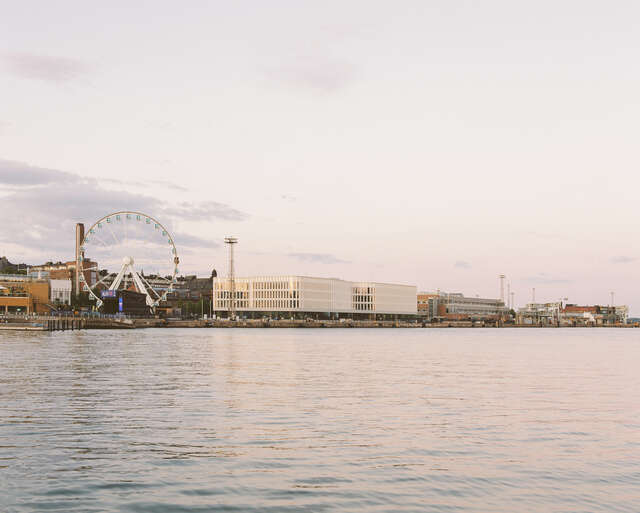25 January marks 130 years since the birth of Aino Aalto

Photo: Alvar Aalto Foundation
Aino Aalto was one of the most influential Finnish designers of the early 20th century. Her handprint extends to architecture, glassware, art glass and furniture. Together with her husband, Alvar Aalto, she took Finnish architecture and arts to the international stage.
Aino Marsio was born in 1894 in Helsinki into a working-class family of thirteen children. In 1913, she was accepted into the Department of Architecture at the Helsinki University of Technology, where until then only thirteen women had graduated as architects. Following her 1920 graduation, she worked in the office of architect Oiva Kallio. The career path continued in 1923 to Jyväskylä, where Marsio worked as a draughtsman in the office of architect Gunnar A. Wahlroos. At the beginning of the following year, she moved to work in Alvar Aalto's office, and by October, they were married.
Aino Aalto designed several landmark buildings in collaboration with her husband that have become symbols of Finnish architecture. During Aino Aalto's lifetime, the Aalto office's landmark buildings included Paimio Sanatorium (1933), Alvar Aalto Library in Vyborg (1935), the Aalto House (1936) and Villa Mairea (1939), all of which Aino Aalto played a significant role in designing.

Many of the Aalto office’s competition entries were submitted under the names of both Aino and Alvar Aalto. On the international scene, the Aaltos played a key role as designers of the Finnish pavilions at the Paris (1937) and New York (1939) World Fairs.
Despite their equal design status, Aino Aalto has been overshadowed by her famous husband, as their work together was often recorded under the name of the Aalto architectural firm. However, Aino Aalto also designed buildings independently, such as the Aalto family summer cottage Villa Flora (1926) in Alajärvi and the Noormarkku children's welfare and health centre (1945). In 1942, Aino Aalto co-founded Architecta, the Finnish Association of Women Architects, the world's oldest association of women architects.

Aino Aalto's design work extended beyond architecture, and she is particularly known for her glass designs. One of Aino Aalto's most famous glass series is Bölgeblick, which Iittala still produces under the name Aino Aalto. As a founding member and CEO of Artek, Aino Aalto's handprint can also be seen in many of the furniture, lamps and ceramics still sold by Artek.
Find out more about Aino Marsio-Aalto's work on the Finnish Architecture Navigator.


